News
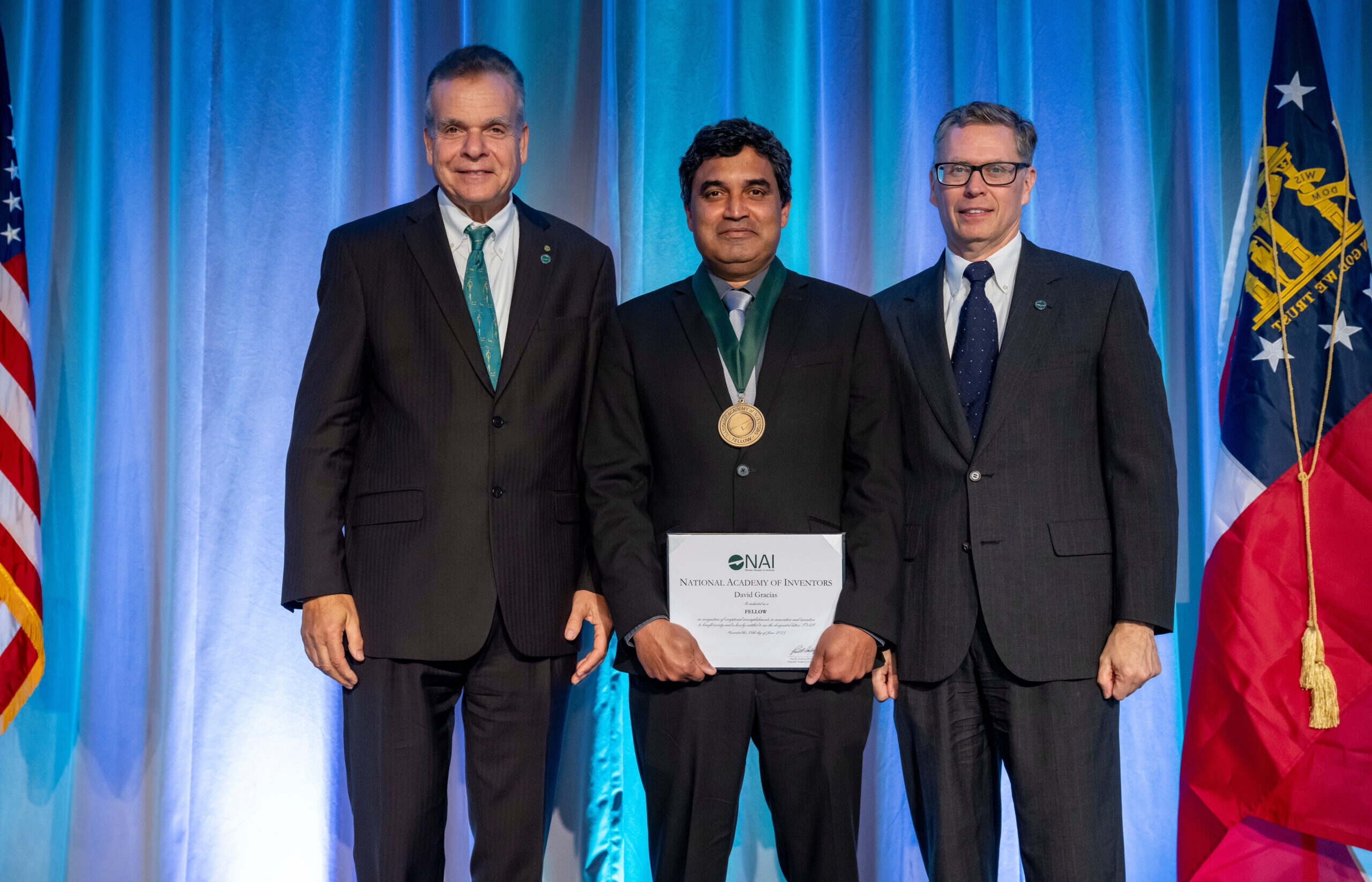
June 26, 2025
Prof. Gracias inducted as fellow of the National Academy of Inventors
(center) Prof Gracias. (to his left) Will Covey, Acting Deputy Under Secretary of Commerce for Intellectual Property and Acting Deputy Director of the United States Patent and Trademark Office. (to his right) Paul Sanberg, President of the National Academy of Inventors. Mark Skalny (c) 2025
September 05, 2024
Chemically programmed automata (Nature Communications 2024)
The paper describes gels that can transform into different numbers or letters of the alphabet simply by adding drops of chemicals ! Offers a glimpse into the emerging area of physical intelligence or microchemomechanical systems (MCMS).
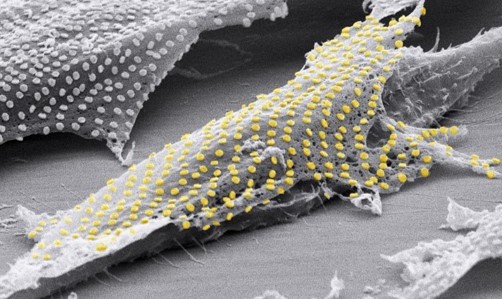
August 23, 2023
Electronic/Optical Tattoos on Single Cells (Nano Letters 2023)
As a major step towards backpacking sensors and communication modules onto single cells we describe a biotransfer process for nanolithographically patterned arrays onto single cells. The fabrication process is biocompatible and the cells can move with the patterns ! We envision that these sensors offer the potential for tagging/tracking, single cell biosensing and remote intracellular communication.
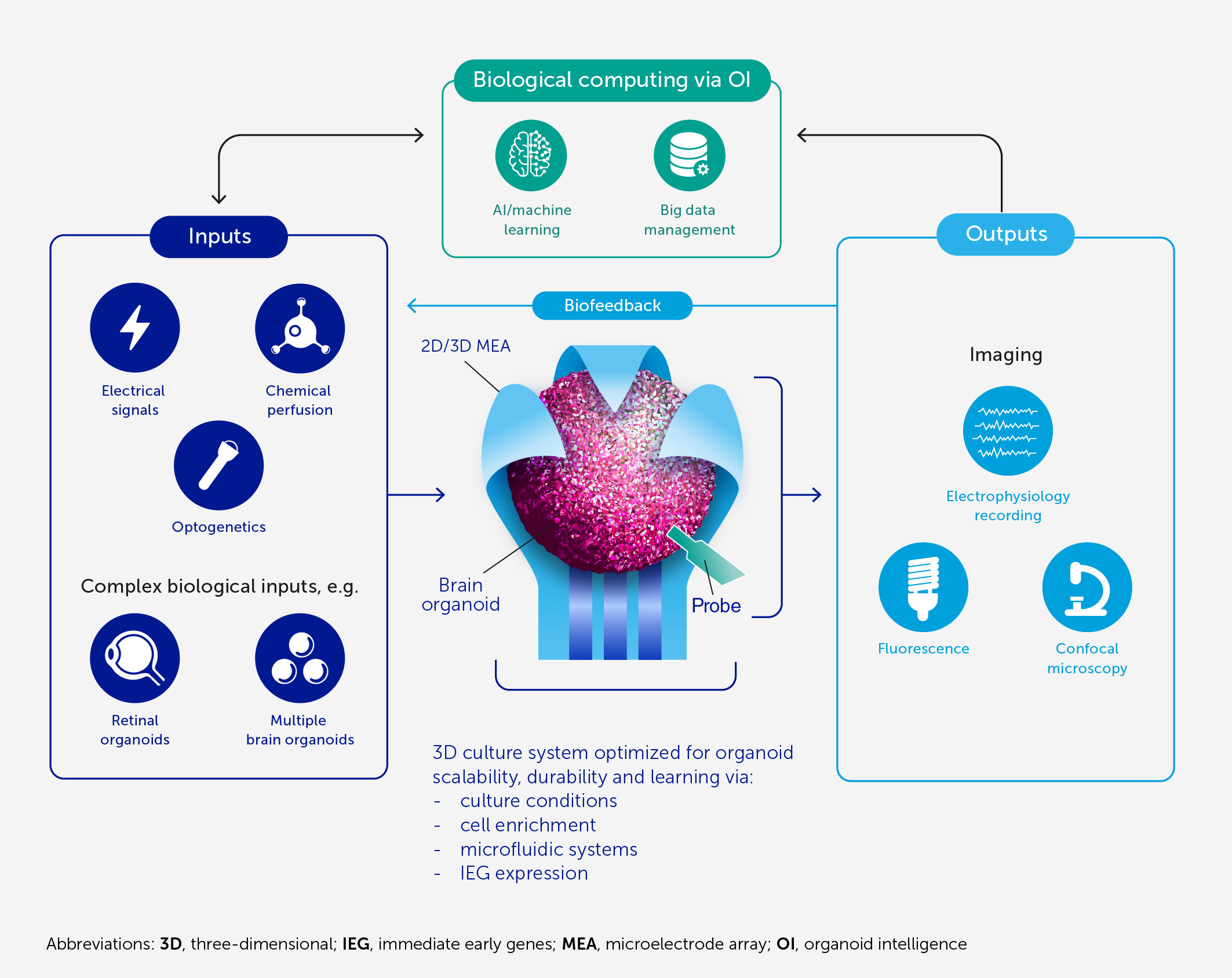
February 28, 2023
Our MEA shells and the launch of Organoid Intelligence (OI) (Science Advances 2022, Frontiers in Science, 2023)
"Recent advances in human stem cell-derived brain organoids promise to replicate critical molecular and cellular aspects of learning and memory and possibly aspects of cognition in vitro. Coining the term “organoid intelligence” (OI) to encompass these developments, we present a collaborative program to implement the vision of a multidisciplinary field of OI..." https://www.frontiersin.org/journals/science/articles/10.3389/fsci.2023.1017235
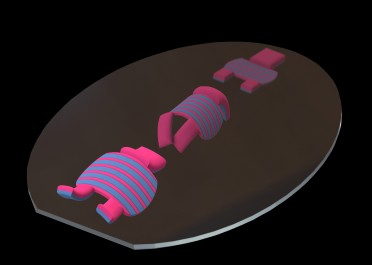
December 21, 2022
Autonomous stimuli responsive gel crawlers (Science Robotics 2022)
This paper describes the first stimuli responsive gel crawler that can spontaneously break symmetry. We envision that autonomous gel crawlers could significantly enhance soft-robotics and drug delivery.
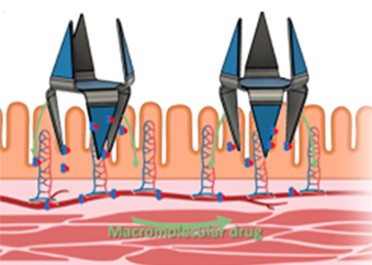
October 06, 2022
Dust-sized injectors for GI delivery of insulin (ACS Nano 2022)
Imagine small injectors that could be ingested and deliver drugs autonomously. As a step towards small machines in the human body, this paper describes tiny devices for microinjection of insulin.
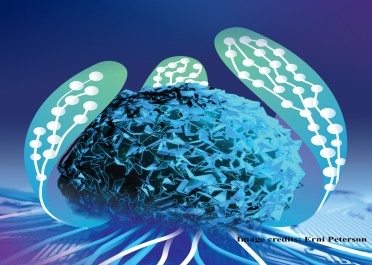
August 17, 2022
Tiny microelectrode caps for brain organoids (Science Advances 2022)
Tiny EEG cap mimics for sub-mm sized brain organoids. In contrast to planar MEA plates, shell MEAs can map electrical activity all around the organoid offering higher resolution and the possibility for 3D spatiotemporal mapping of function.

